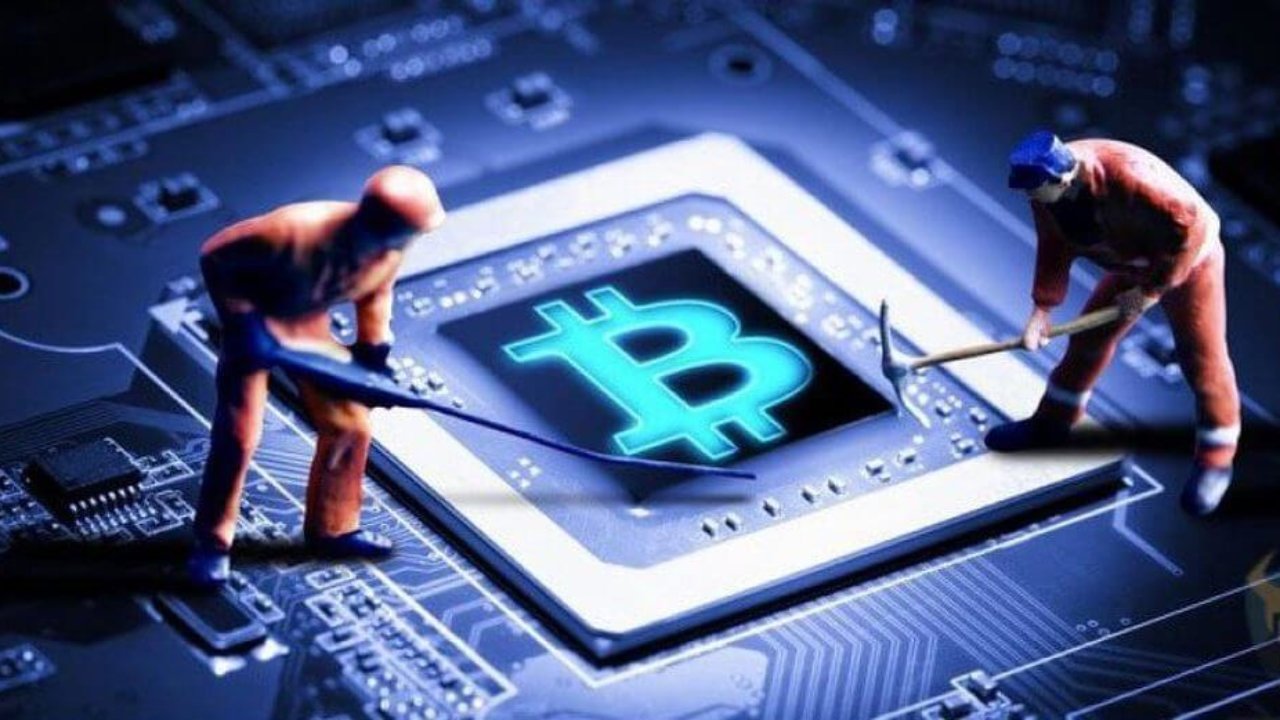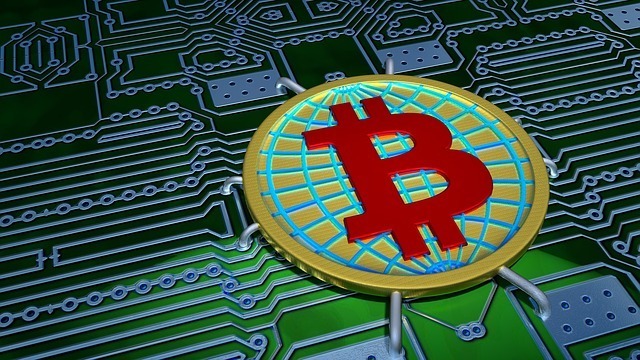Top 10 Ways Of Overcoming The Complicated Challenge Of Blackouts In Bitcoin Mining
The Bitcoin mining process, integral to the functioning of the blockchain, faces a significant challenge: blackouts. Interruptions in power supply can result in operational downtime, financial losses, and potential disruptions to the broader network. In this exploration, we delve into the problem of blackouts in Bitcoin mining and propose strategies to overcome this singular challenge.
The Big Problem: Blackouts in Bitcoin Mining
1.1 Operational Disruptions
Bitcoin mining operations are highly dependent on a continuous and stable power supply. Blackouts can lead to sudden halts in mining activities, resulting in lost opportunities to validate transactions, earn block rewards, and contribute to the security of the network.
1.2 Financial Implications
Mining is a competitive industry with tight profit margins. Blackouts can have immediate financial consequences, impacting the profitability of mining operations. Energy expenses continue even during downtime, exacerbating the financial strain caused by interruptions.
Overcoming the Blackout Challenge
2.1 Redundant Power Sources
Implementing redundant power sources is a crucial step in mitigating the impact of blackouts. Miners can explore alternative energy solutions such as solar, wind, or backup generators. This ensures a continuous power supply, even in the event of grid failures.
2.2 Energy Storage Solutions
Integrating energy storage solutions, such as large-scale batteries, provides a buffer against blackouts. During periods of stable power supply, excess energy can be stored and used during outages, allowing mining operations to continue seamlessly.
2.3 Geographic Diversification
Establishing mining facilities in geographically diverse locations can reduce the risk of simultaneous blackouts affecting all operations. By spreading mining facilities across different regions, miners can minimize the impact of localized power disruptions.
2.4 Demand Response Programs
Participating in demand response programs allows miners to adjust their energy consumption based on grid conditions. During peak demand or instability, miners can voluntarily reduce their energy usage, contributing to grid stability and potentially earning incentives.
2.5 Off-Grid Mining
Exploring off-grid mining solutions, particularly in regions with abundant renewable energy resources, can eliminate dependence on centralized power grids. Off-grid setups, powered by renewable sources, enhance the resilience of mining operations against blackout challenges.
2.6 Smart Grid Integration
Collaboration with utility companies to integrate Bitcoin mining operations into smart grids can provide real-time monitoring and response mechanisms. This enables more efficient energy consumption and minimizes the impact of grid failures on mining activities.
Also, read- Top 10 Best Bitcoin Mining Software

Conclusion
In conclusion, the formidable challenge of blackouts in Bitcoin mining demands a comprehensive and forward-thinking strategy to safeguard the continuous and secure operation of mining facilities. The proactive adoption of various solutions can significantly mitigate the risks associated with power disruptions, ensuring the robustness and resilience of the entire blockchain ecosystem.
The first line of defense involves embracing redundant power sources. By integrating multiple electricity grids or backup generators, mining operations gain a crucial layer of protection against localized power failures. This redundancy not only ensures the continuity of mining activities but also safeguards against potential vulnerabilities that may arise from dependence on a single power supply.
Energy storage emerges as another vital component in fortifying Bitcoin mining against blackouts. Utilizing advanced battery technologies allows mining facilities to store surplus energy during periods of low demand. This stored energy becomes a valuable asset during high-demand periods or unexpected power outages, providing a buffer that sustains operations and mitigates the impact of disruptions.
Geographic diversification stands out as a strategic approach to enhance resilience. Distributing mining facilities across different locations reduces the concentration of risk associated with regional power failures. This decentralization strategy not only safeguards against specific geographical challenges but also contributes to the overall stability and security of the Bitcoin network.
Moreover, the integration of demand response programs adds an adaptive layer to Bitcoin mining operations. By actively managing energy consumption based on real-time demand fluctuations, miners can optimize their resource utilization during periods of potential strain on the power grid. This dynamic response to changing energy conditions fosters a more sustainable and flexible mining infrastructure.
Off-grid mining solutions provide an alternative avenue for resilience. By tapping into renewable energy sources such as solar or wind power, mining operations can operate independently of the traditional power grid. This not only reduces the reliance on centralized power infrastructure but also aligns with the broader trend towards sustainable and eco-friendly mining practices.
Smart grid integration emerges as a key technological advancement in addressing blackout challenges. By leveraging intelligent grid systems, mining facilities can dynamically respond to fluctuations in energy supply and demand. This integration optimizes energy usage, enhances efficiency, and contributes to the stability of both local power grids and Bitcoin mining operations.
In implementing these multifaceted strategies, Bitcoin miners not only secure their own operations but collectively contribute to the overall resilience of the blockchain ecosystem. The ability to withstand unforeseen power disruptions becomes a testament to the adaptability and sustainability of decentralized digital currencies. Through a commitment to proactive solutions, the cryptocurrency community not only navigates challenges but actively shapes a more robust foundation for the future of blockchain technology. This dedication to resilience ensures that the continuous and secure operation of Bitcoin mining remains steadfast, even in the face of external uncertainties, ultimately fostering a more enduring and resilient future for decentralized digital currencies.
Stay informed with daily updates from Blockchain Magazine on Google News. Click here to follow us and mark as favorite: [Blockchain Magazine on Google News].
Get Blockchain Insights In Inbox
Stay ahead of the curve with expert analysis and market updates.
latest from tech
Disclaimer: Any post shared by a third-party agency are sponsored and Blockchain Magazine has no views on any such posts. The views and opinions expressed in this post are those of the clients and do not necessarily reflect the official policy or position of Blockchain Magazine. The information provided in this post is for informational purposes only and should not be considered as financial, investment, or professional advice. Blockchain Magazine does not endorse or promote any specific products, services, or companies mentioned in this posts. Readers are encouraged to conduct their own research and consult with a qualified professional before making any financial decisions. The featured image used is just a creative depiction of the title and it does not intend to hurt sentiments of any person or institution. If it hurts anyone sentiments, please do not hesitate to reach out to Blockchain Magazine.

 Bitcoin
Bitcoin  Ethereum
Ethereum  XRP
XRP  Tether
Tether  Solana
Solana  USDC
USDC  Dogecoin
Dogecoin  Cardano
Cardano  Lido Staked Ether
Lido Staked Ether  TRON
TRON  Wrapped Bitcoin
Wrapped Bitcoin  Wrapped stETH
Wrapped stETH  Chainlink
Chainlink  Avalanche
Avalanche  Sui
Sui  Stellar
Stellar  Litecoin
Litecoin  Toncoin
Toncoin  Shiba Inu
Shiba Inu  Hedera
Hedera  LEO Token
LEO Token  USDS
USDS  MANTRA
MANTRA  Hyperliquid
Hyperliquid  WETH
WETH  Polkadot
Polkadot  Bitcoin Cash
Bitcoin Cash  Bitget Token
Bitget Token  Ethena USDe
Ethena USDe  Wrapped eETH
Wrapped eETH  Uniswap
Uniswap  Monero
Monero  NEAR Protocol
NEAR Protocol  Pepe
Pepe  WhiteBIT Coin
WhiteBIT Coin  Aave
Aave  Bittensor
Bittensor  Ondo
Ondo  Aptos
Aptos  Internet Computer
Internet Computer  Dai
Dai  Official Trump
Official Trump  Ethereum Classic
Ethereum Classic  Mantle
Mantle  Tokenize Xchange
Tokenize Xchange  OKB
OKB  Gate
Gate  sUSDS
sUSDS  Coinbase Wrapped BTC
Coinbase Wrapped BTC 








